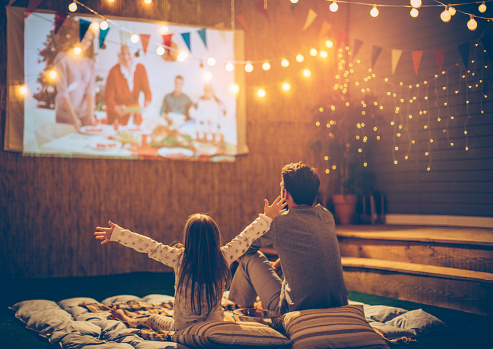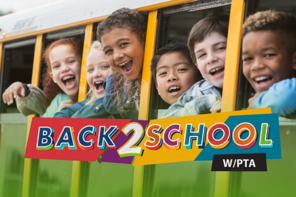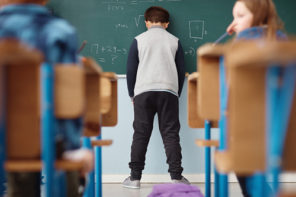Digital media plays a critical role in our children’s daily lives and routines, both at home and at school. Data shows that throughout the coronavirus pandemic, the need to teach kids and find ways to keep them occupied swept aside former rules regulating screen time. In the aftermath of these disruptions, many parents have been left with unanswered questions about what to do.
Screen time isn’t going away anytime soon, but parents can transform movie-watching time into a rich learning experience that promotes deep comprehension and a greater perspective of relevant topics.
Building on research from the Harvard Graduate School of Education, Professional Education has created innovative workshops to help parents and teachers boost the educational value of digital media. A central focus is the concept of media literacy, defined by the National Association for Media Literacy Education as “the ability to access, analyze, evaluate, create and act using all forms of communication.”
How Print and Film Both Offer Educational Value
There can be tremendous educational benefits from reading a book and watching its film adaptation. Key questions include how to engage with a text-based film and how the two approaches should interact with each other.
In this approach, the book and the movie are equal partners. Generally, in schools, the movie is shown as a reward for first reading the book.
With many books now available for streaming as movies on platforms such as Netflix or Disney Plus, there is an opportunity to harness your children’s excitement to watch and to create a “cross-media” learning experience that promotes knowledge and skills.
What is Cross-Media Learning?
Cross-media is our term for what happens when a story “crosses” from one content platform to another—for example, from book to film. Cross-media comparisons of stories told in print and film can be an engaging way for students to develop both student knowledge (such as vocabulary) and skills (such as communication).
Take the book (2012) and film (2017) versions of Wonder, for example. Both depict the challenges a 10-year-old boy named Auggie—who’s living with craniofacial abnormality—experiences in a new school. The film has been viewed by legions of school children who also read the book in class. In a scene that takes place on Halloween, a disguised Auggie overhears new friend Jack Will confiding to other boys that he isn’t really friends with Auggie. “If I looked like that, I think I’d kill myself,” Will says, unaware that the costumed person in the doorway is Auggie. The scene is short, yet the emotional impact is intense, immediate and critically important to the story.
Strategies for Cross-Media Comparison
Close cross-media comparisons are best begun by knowing the story, understanding its implications, and discussing its meanings. One way to guide a discussion is to think through the lenses we use for close, cross-media comparison with students: aesthetics, ethics and academics.
- Aesthetics: What do students find to be the most compelling elements of the way the story is told? How can we analyze the aesthetic form a story takes in order to understand how forms communicate meaning? How do we understand how a scene operates differently—through a book and a film?
- Ethics: How can the story help students in their perspective-taking and examination of moral dilemmas?
- Academics: What is the overall merit of the use of story in literacy work? How does it build deep comprehension and vocabulary?
Benefits of Cross-Media Learning
Each way of telling the story provides a distinct, but related, way for students to understand Auggie’s experience. It also supports media literacy by bringing popular digital media into the classroom and focusing on the writer and filmmaker’s explicit aesthetic choices.
Perhaps most powerful for children’s comparison is the aesthetic differences between print and film. Because Auggie is motionless in the doorway, we conclude that Auggie is stunned, even though we do not see his face or hear his voice. How does the scene work? How do the shifts in point of view and music help communicate Auggie’s emotional response at this moment? How does it compare to the text?
This allows us to raise the question of how to select stories and prepare cross-media studies, knowing they may differ in their opinions of stories’ meaning and worth, based on their own educational constraints, beliefs, and experiences.
Not all literature automatically warrants cross-media comparison, but Common Sense Media offers excellent reviews on the stories your children may find both entertaining and educational. To learn more, register for the upcoming workshop Deeper Than Edutainment: Taking Books and Their Film Adaptations Seriously.





